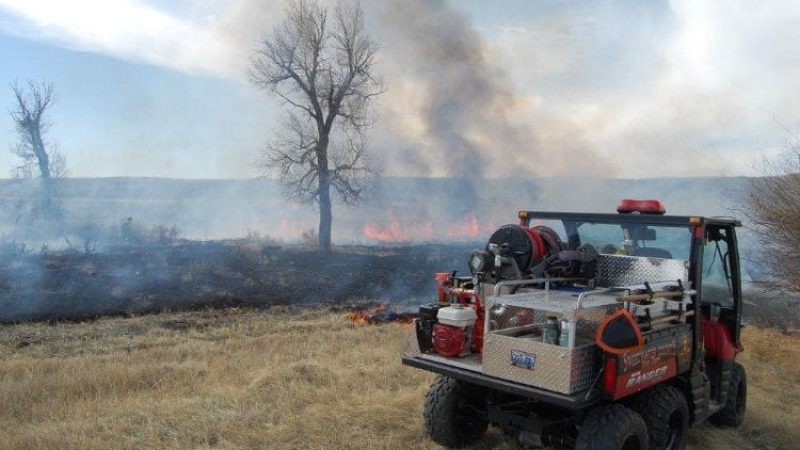Wildland firefighters face profound challenges in all environments—however, winter weather poses unique challenges. A KIMTEK Corporation skid-mounted firefighting unit can play an invaluable role in supporting your team’s firefighting efforts in these treacherous winter conditions. Here, we’ll take a closer look at common causes of fires in winter, along with five obstacles associated with fighting fires in winter.
How Do Wildland Fires Start in Winter?
We often associate wildfires with warm temperatures and droughts in the summer months. However, winter blazes are becoming increasingly common.
Experts attribute this to several factors—ranging from climate change to human encroachment in fire zones.
Specifically, causes of winter wildfires include:
- Drier and more combustion-prone environments due to rain shortages and frequent droughts
- Strong, dry winds in which a spark can quickly turn into an inferno
- “Dry snow,” AKA early snowfalls in which dry trees and leaves are buried by the season’s first snowfall and/or the snow itself has a high enough moisture content to sustain the fire but not enough water content to extinguish it
5 Challenges of Fighting Wildfires in Winter
Experts predict that winter wildfires will continue to escalate in frequency in the years ahead. The more firefighters understand these challenges, the more prepared they’ll be to overcome them.
Five of the most common challenges involved in fighting winter blazes are:
1. Buried Dangers
A blanket of freshly fallen snow is beautiful. Unfortunately, it’s also dangerous when concealing potential ground hazards, such as depressions, ditches, and items that may be buried in the snow.
2. Hidden Tools
Under normal conditions, hose lines and other tools are visible when placed on the ground. Snow is an entirely different scenario in which equipment can go missing in an instant beneath falling or drifting snow.
3. Slower Response Times
The challenges of fighting winter wildfires often start before firefighters even get to the scene. Getting to fires is difficult on icy, snowy roads and walking around the location also takes more time due to factors like poor visibility and decreased mobility. The slowed actions can allow more time for fires to grow.
4. Heavier Equipment
Firefighters rely on many different types of equipment in their work. Due to the additional weight it creates, snow can make it harder to move and deploy equipment. It can also create extra friction.
5. Firefighter Fatigue
Fighting a wildfire in cold, snowy conditions can be much more exhausting than in normal conditions. As such, firefighters may fatigue sooner due to their extra effort while responding to winter fires.
Get The Tools To Make Winter Firefighting Easier
While these five challenges complicate cold-weather firefighting, a firefighting skid from KIMTEK Corporation can make all the difference. Designed for rigorous off-road conditions, our wildland fire skid units offer a powerful partnership for your fire departments or other rescue units.





